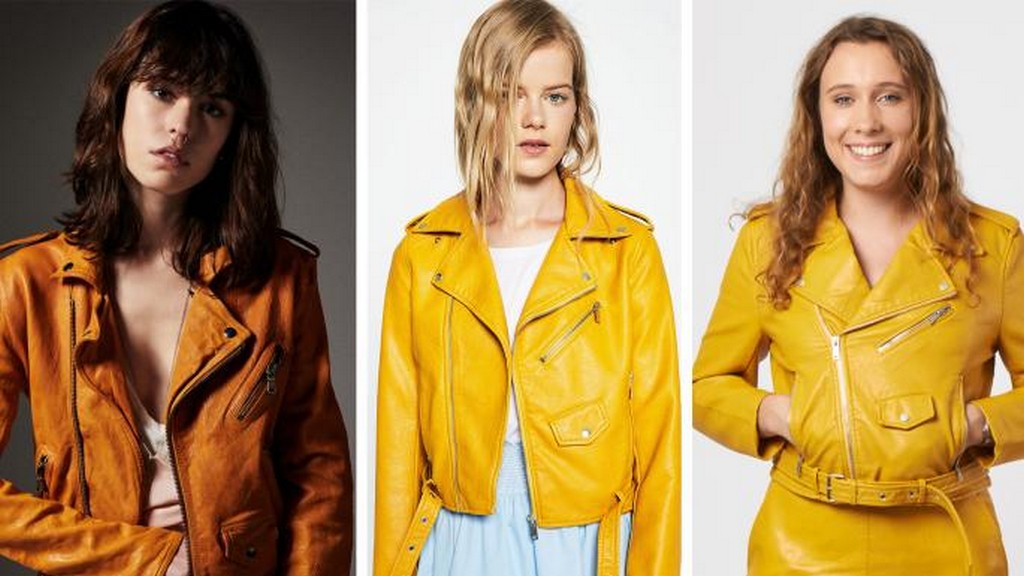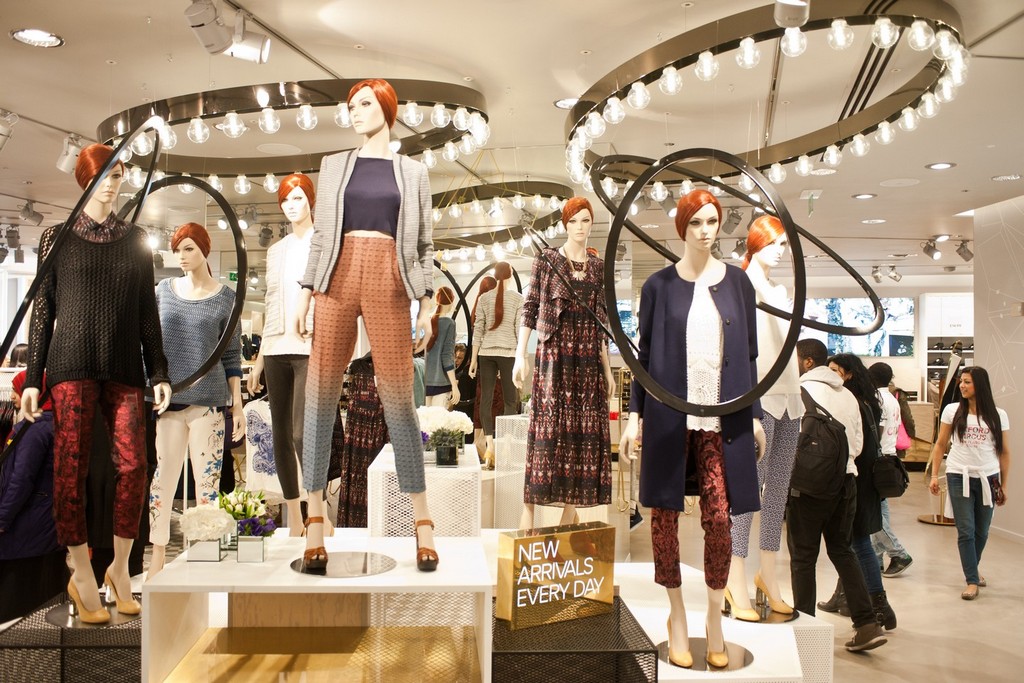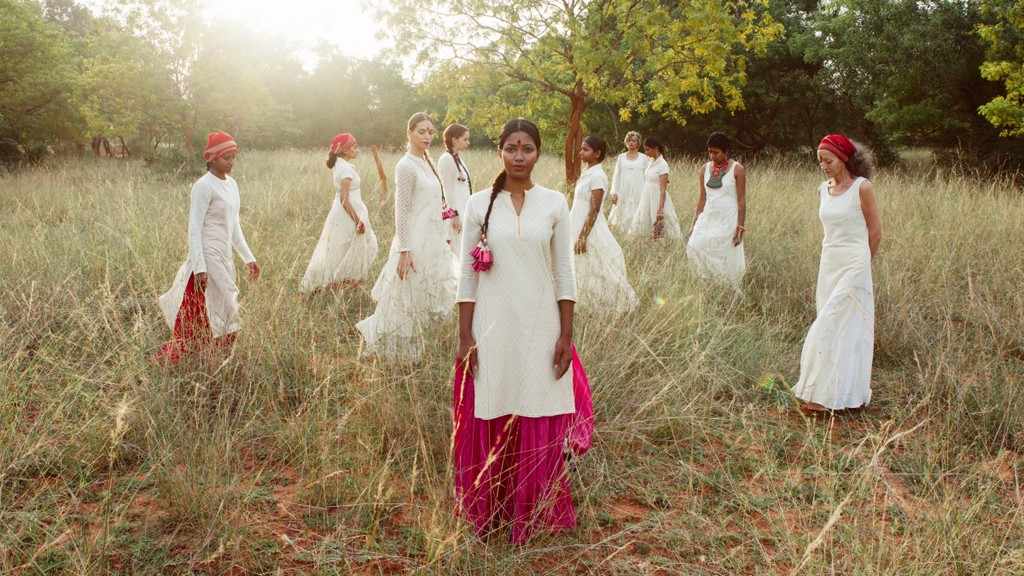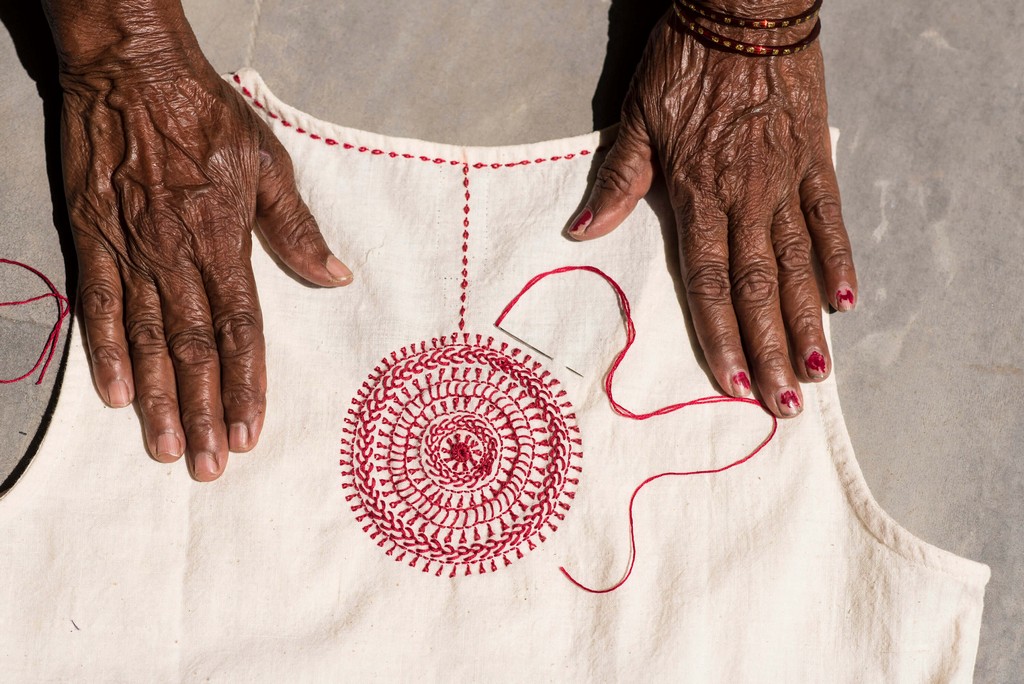Fast Fashion or Slow Fashion; From the perspective of Famous Fashion Designers
08/09/2018 2021-08-27 16:45Fast Fashion or Slow Fashion; From the perspective of Famous Fashion Designers
Fast is not always fabulous!
‘Fast Fashion’, a term used by retailers and designers is a common phenomenon referring to brands and companies imitating styles and trends seen on the runway during fashion weeks. The ‘fast’ paced fashion brands try to recreate the styles and trends at a much lower price and quality to cater to a mass consumer base.

Fashion brands such as Zara, H&M, Topshop, Forever 21, Benetton and the like, keep coming up with such collections very frequently. Most of the time, this inculcates ‘a fear of missing out’ in the consumers. Fast fashion banks on people’s need (read fear) to constantly get their hands on the new designs & trends.
The fast fashion brands might seem a good source for cheap, quality fashion that is paced up. However, it has some adverse effects. It is a major block in the growth of a circular and sustainable economy.
On the other hand, “Slow Fashion”, a much slower process is about creating fashion after long and deep thought, keeping longevity and quality at the core. Design houses like – Chanel, Dior, Balenciaga – of the international market and Sabyasachi, House of Anita Dongre, Rohit Bal, Okhai, Buna, Upasana, and many more – are homegrown brands.

Although these are widely admired by consumers and designer alike, they only cater to an elite and premium group, excluding a major chunk of the consumer market.
Fashion brands like these are often under pressure to come up with more frequent collections. This defeats the legacy of these brands. An environment like this for fashion markets has given rise to a lot of activism against the fast-paced fashion houses and brands. JD Institute of Fashion Technology is committed to crafting courses to create the 21st-century designer with not just any business model, but a sustainable in mind. The various Fashion Design Courses are exclusively created with curriculums befitting the making of a truly creative, mindful and empathetic fashion professional.
Karl Lagerfeld, the creative director of Chanel and Fendi, states the state of fashion is a mess. He opposed the ‘see now, buy now’ trend. He expressed that he wanted to take time to design collections, give people time to make their choices, and editors, to photograph them. “If not,” he said, “that’s the end of everything”. At the same time, he acknowledges that the way the world shops is changing, and also came up with a design collaboration with H&M, that sold out within hours online. He stated “My dream is to do very expensive lines like Chanel and Fendi and very inexpensive things. Today people wear T-shirts and jeans with exceptional things.”

Like Lagerfeld, Giorgio Armani thinks fast fashion is “too much of everything” and “needs pause and sometimes, silence.”
The oppose to fast is not just limited to the west. Anita Dongre, a famous Indian fashion designer, encourages consumers to buy less so that they discard less.
A fashion environment with a ‘not-so-fast’ pace helps consumers take time and make mindful decisions. This doesn’t just help to boost sustainability but also puts a halt to the weary conditions of cheap labour in developing countries, usually used as a resource by fast fashion brands.

There is a lot happening at the moment in the fashion industry. At JD Institute of Fashion Technology, through some of the best Design Courses In India like the Diploma in Fashion Design, Interior design, Fashion management, entrepreneurship etc, we aim to make you aware of the best possible choices that you could make as a future professional in the fashion industry













